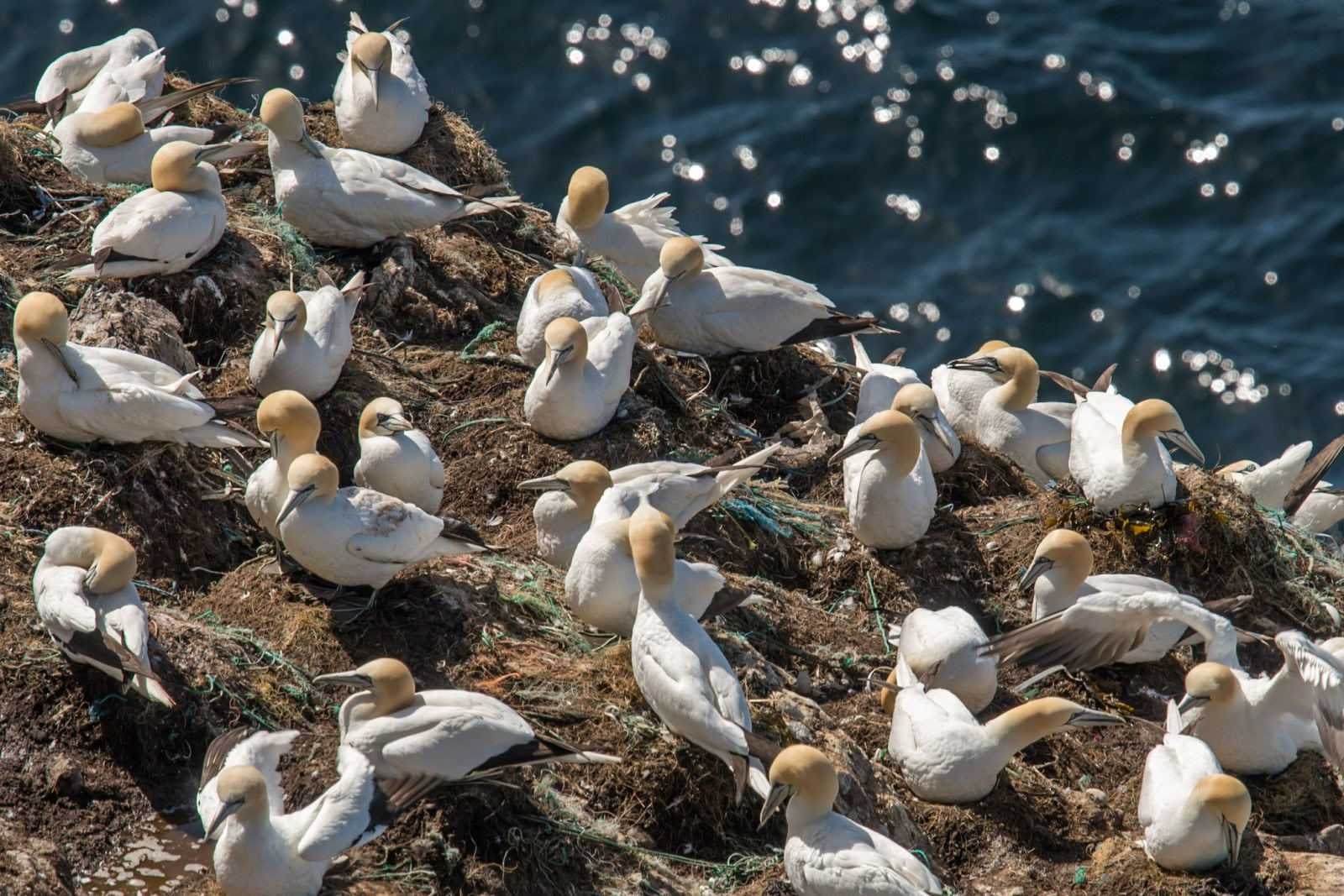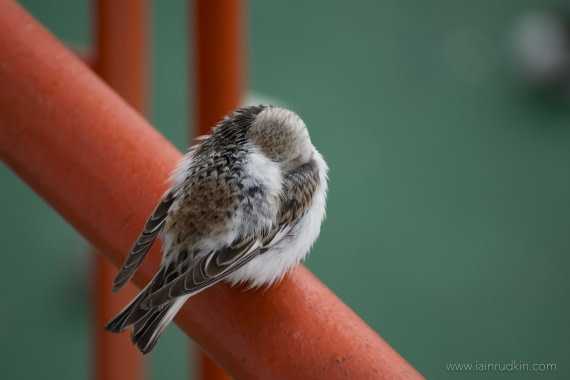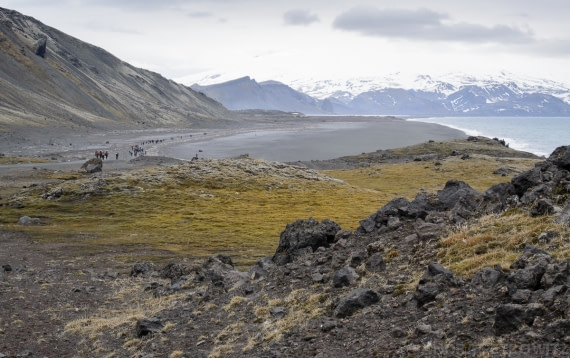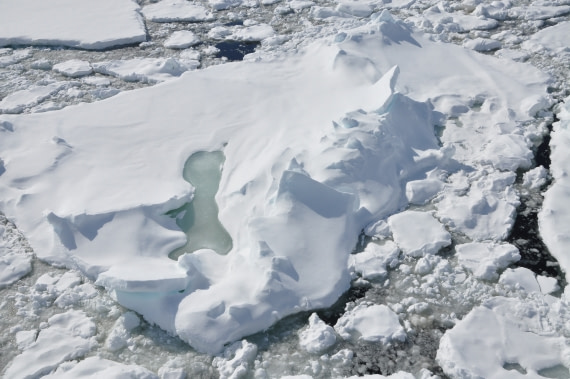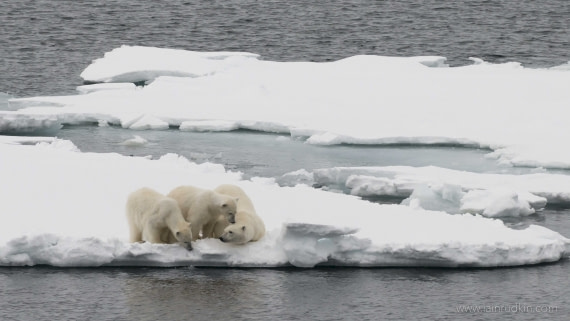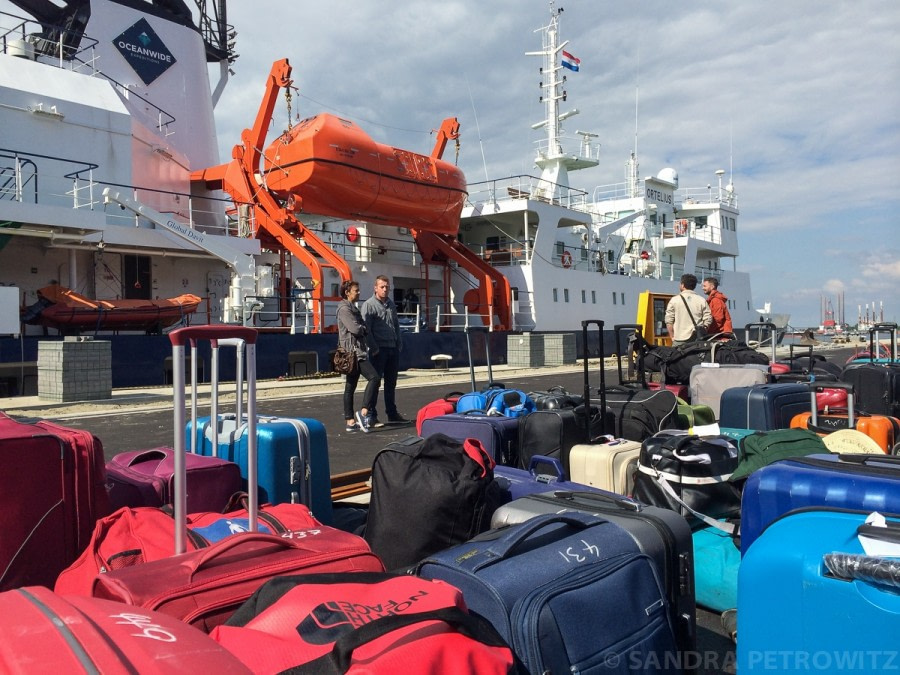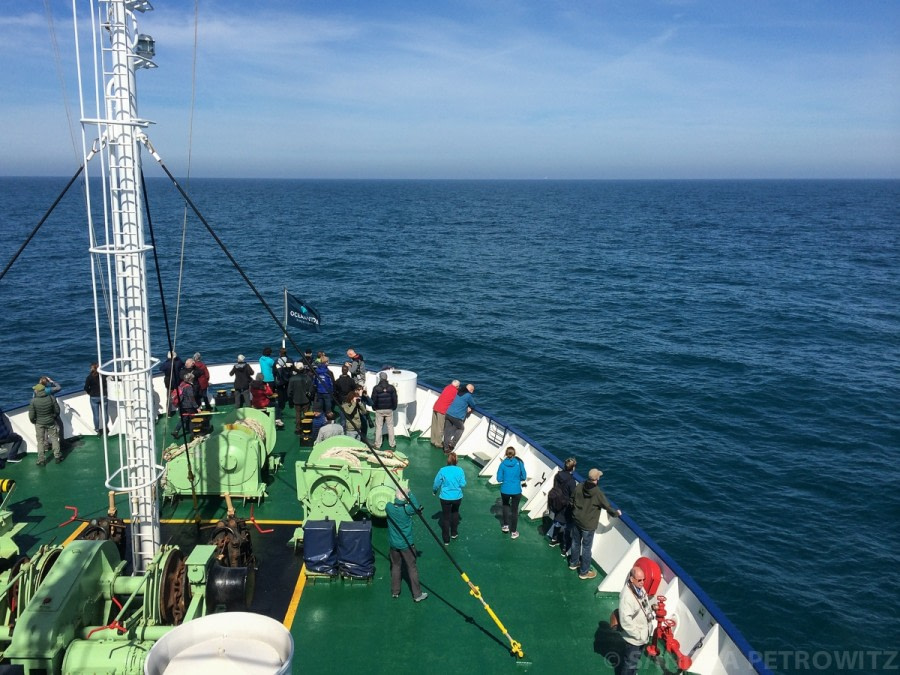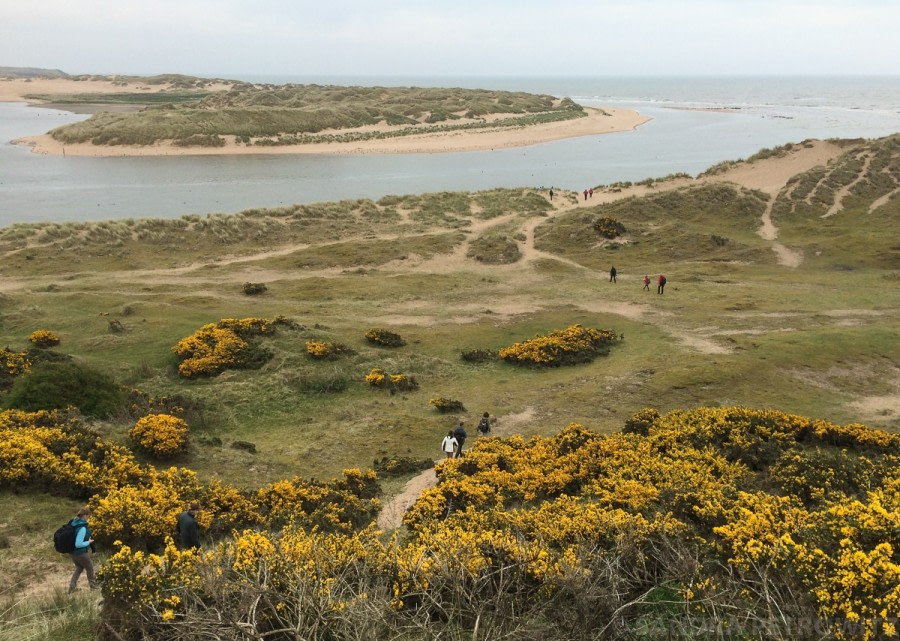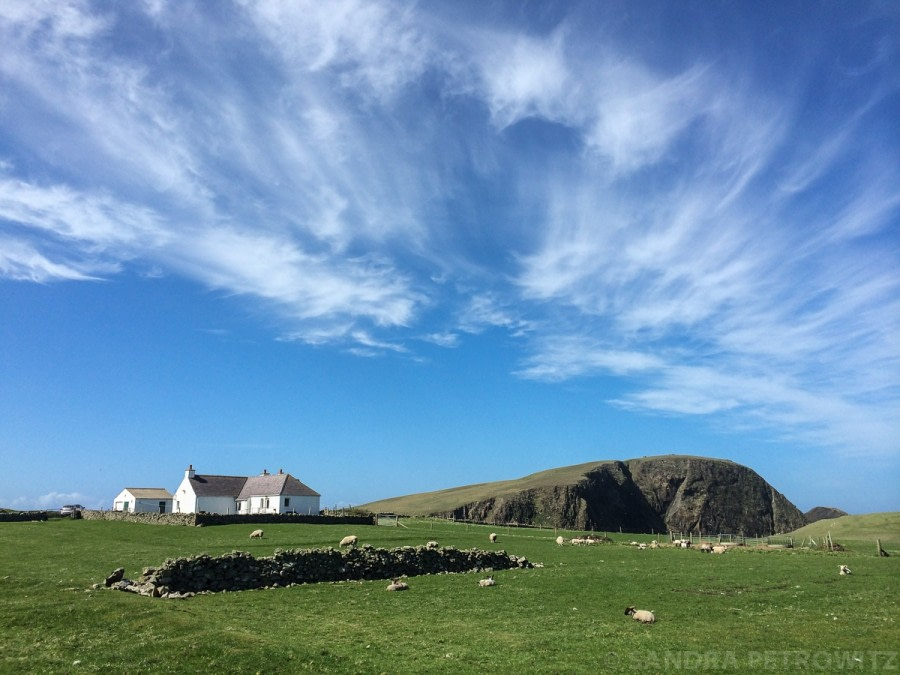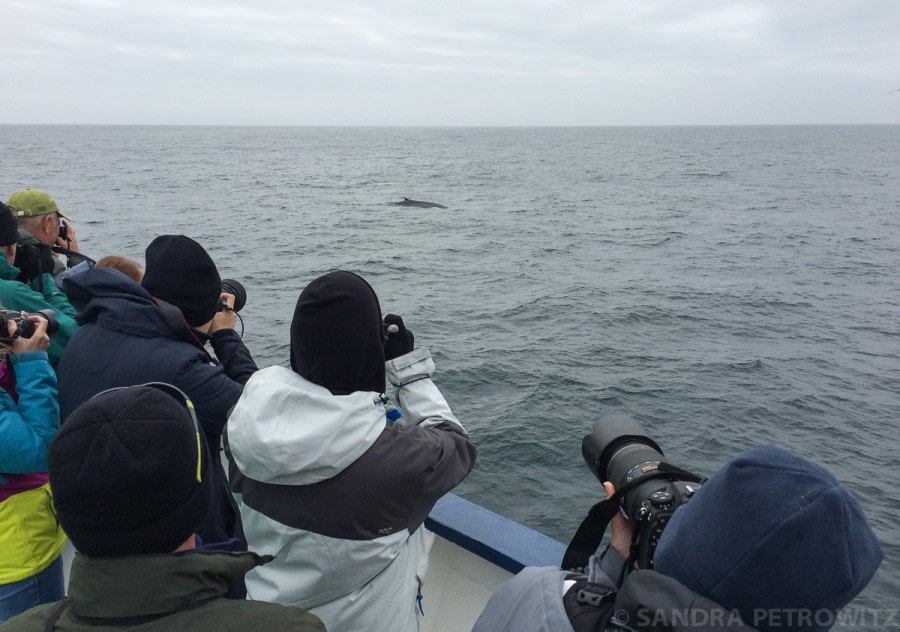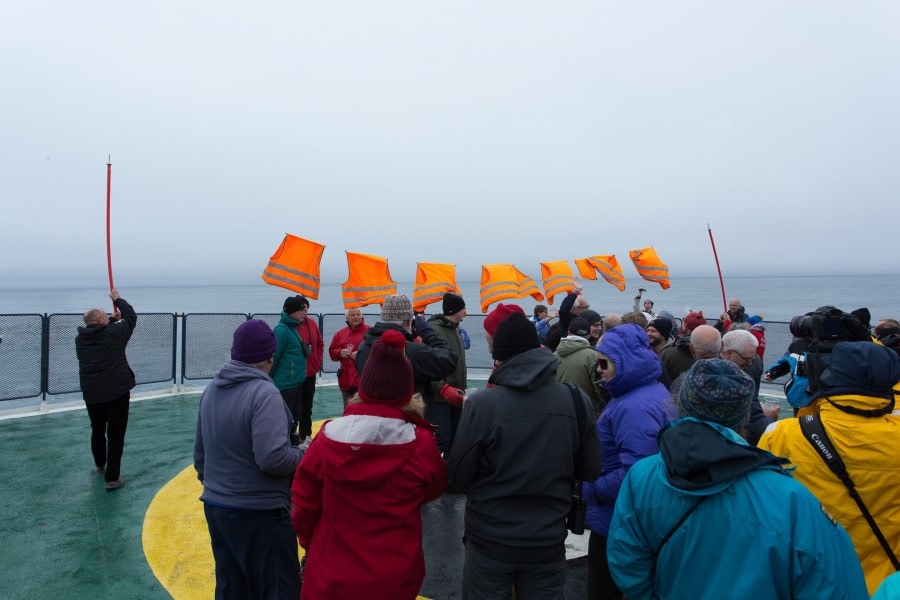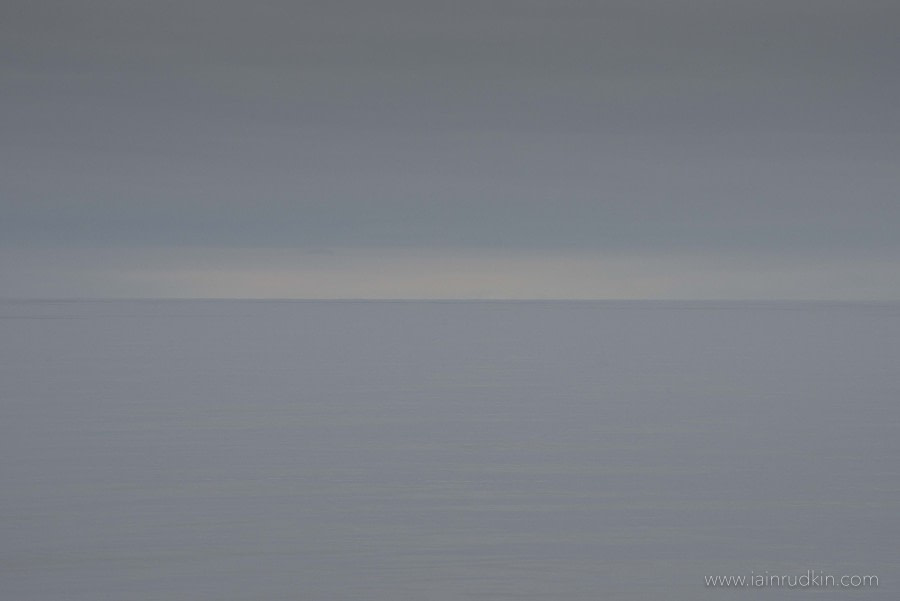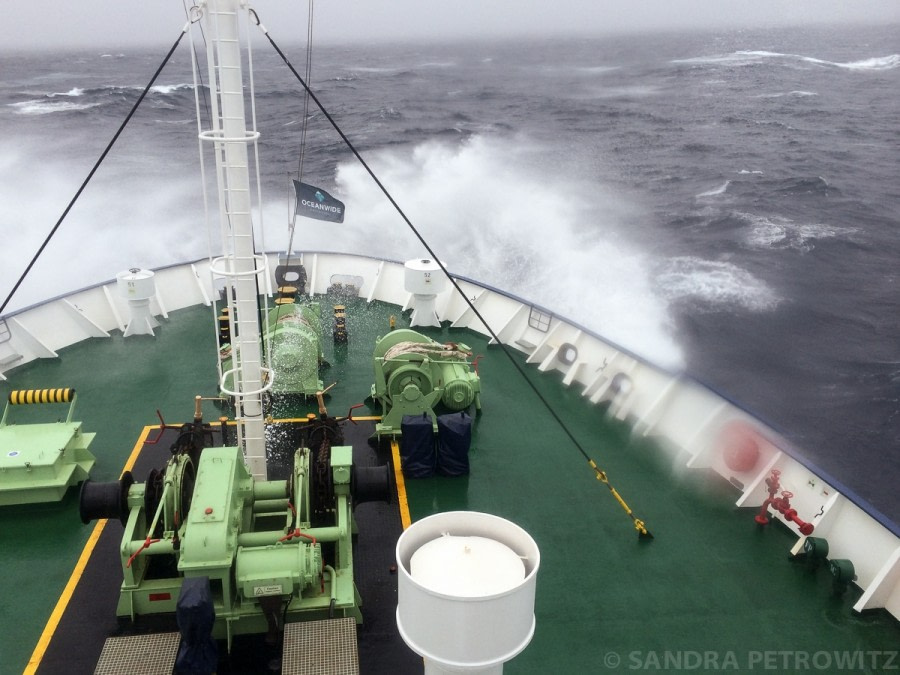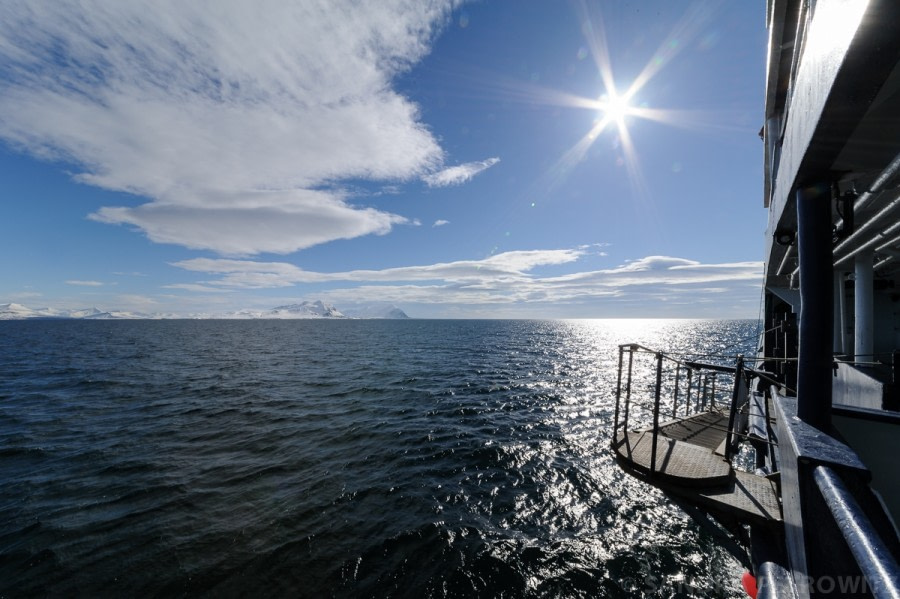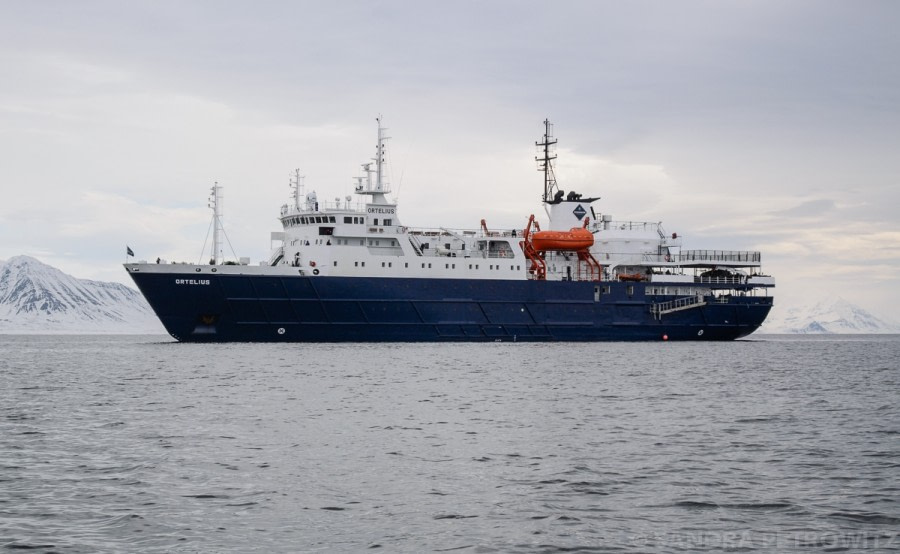| Date: | 20.05.2017 |
| Position: | 51°27.7’ N / 003°42.0’ W |
| Wind: | light air |
| Weather: | partly cloudy |
| Air Temperature: | +17 |
Our ship m/v Ortelius was at anchor in the harbour of Ritthem, near Flushing (Vlissingen). At about four o‘clock the buses arrived and we boarded the ship the start a very exciting expedition cruise. Once on board, with the help of the hotel crew, we settled into our cabins and got acquainted with the layout of the ship, our home for the next 10 days. We were soon gathered in the lecture room for several different welcome briefings. One was by our expedition leader Jan Belgers and the rest of the expedition staff, and another by our hotel manager Dejan (DJ). We were also briefed by Third Officer John on ship safety and how to prepare for the worst. A drill of the general alarm (seven long blast followed by one long blast) was made, and we all donned the SOLAS orange life jackets and mustered in the bar guided by crew and staff. After a roll call to assure everyone was present we went out to the lifeboats and some of us actually went inside. We returned to our cabins briefly before regrouping with Captain Mika Appel in the lounge for a welcoming toast of champagne or juice before heading down to the dining room for our first scrumptious dinner prepared by Chef Heinz and his staff. An exciting first day, the start of many more adventures to come in the following week.
